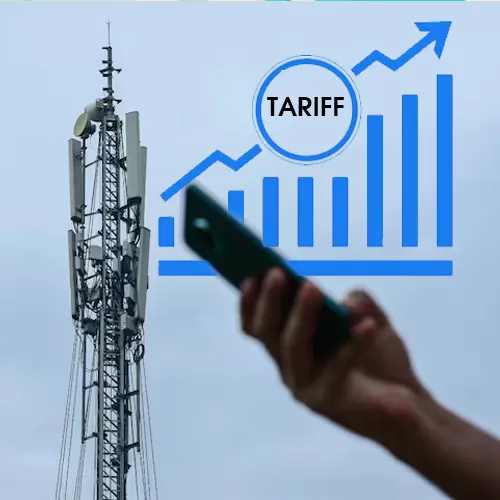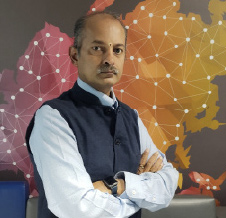
Recently, Airtel, Jio, and Vi have implemented new rates for their mobile plans, resulting in a controversial response. The Ministry of Communications has now come forward to clarify the factors influencing the recent increase in mobile services tariffs, majorly emphasizing the role of market forces and regulatory frameworks in maintaining low mobile services costs in India.
The response given by the ministry claims the government’s focus is on protecting subscriber interests, fostering orderly growth through investments in cutting-edge technologies, and ensuring the financial viability of the sector.
“The government does not intervene in the free market decisions as the functionality is under the domain of TRAI and tariffs are under forbearance,” said the regulator. The TRAI said the telecom service providers (TSPs) have increased the prices of mobile services after more than two years.
“In the last two years, some of the TSPs have invested heavily in rolling out the 5G services across the country. This has resulted in a significant increase in median mobile speed to the level of 100 Mbps and a jump in India’s international rank from 111, in October 2022, to 15 today,” the TRAI explained.
India’s mobile service sector is currently driven by its three private sector players and one public sector player, and these operate through the market forces of demand and supply.
According to the mandate of the Telecom Regulatory Authority of India (TRAI) Act of 1997, TRAI serves as the independent regulator for telecommunication services, tasked with regulating service rates. For the past two decades, TRAI has maintained mobile service rates under forbearance, resulting in some of the lowest costs for subscribers worldwide.
See What’s Next in Tech With the Fast Forward Newsletter
Tweets From @varindiamag
Nothing to see here - yet
When they Tweet, their Tweets will show up here.




























